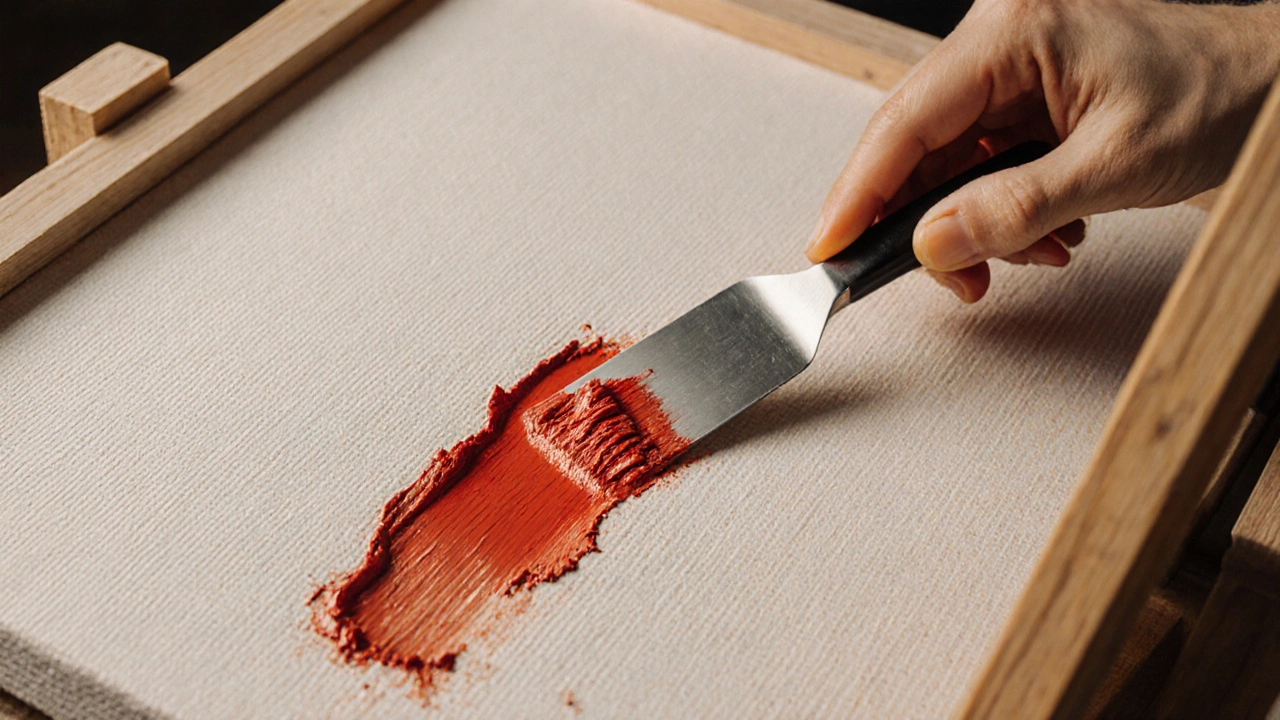Impasto: The Thick‑Paint Technique That Gives Oil Paintings Depth
When working with Impasto, a painting method that forces paint to stand out from the surface, creating a three‑dimensional texture. Also known as thick‑paint application, it lets artists sculpt light and shadow directly on the canvas. Impasto is a core part of oil painting, the medium that retains pigment richness and slows drying for layered work, and it shapes how viewers perceive depth in a piece.
How Texture, Brushwork, and Medium Shape the Impasto Look
Impasto’s most obvious result is texture, the visible ridges and peaks left by heavy paint. This texture creates visual depth because light catches the raised surfaces differently than flat areas. To control texture, artists rely on sturdy brushes, often with firm bristles that can lift and press thick paint without bending. The choice of brush directly influences the size of the ridges and the overall rhythm of the surface. In addition, the paint’s medium, additives like linseed oil or heavy gel mediums, adjusts the flow and drying speed, allowing artists to sculpt fine details or massive swaths of color. When the medium is mixed correctly, the paint stays pliable long enough to be reshaped, yet dries firm enough to hold its shape on the canvas.
Even the canvas itself plays a crucial role. A well‑stretched canvas, prepared with proper priming to prevent paint absorption, offers a stable base for the weight of impasto layers. If the canvas is too thin or loosely mounted, the heavy paint can sag or cause the stretcher bars to bow. Artists often choose a medium‑weight linen or a high‑grade cotton canvas, then apply a double‑coat primer to create a slick surface. This preparation enables the paint to sit on top rather than soak in, preserving the intended three‑dimensional effect. The relationship between canvas preparation and impasto is essential: a solid foundation lets the artist push the boundaries of texture without compromising the work’s structural integrity.
All these elements—texture, brushwork, medium, and canvas—interact to form the signature look of impasto. Below you’ll find guides on choosing the right brushes, mixing mediums for maximum body, sizing canvases for heavy applications, and troubleshooting common issues like cracking or flattening. Whether you’re a seasoned painter looking to add drama to a landscape or a beginner curious about why some paintings seem to pop off the wall, the articles ahead cover the practical steps and creative choices that make impasto work for you.
